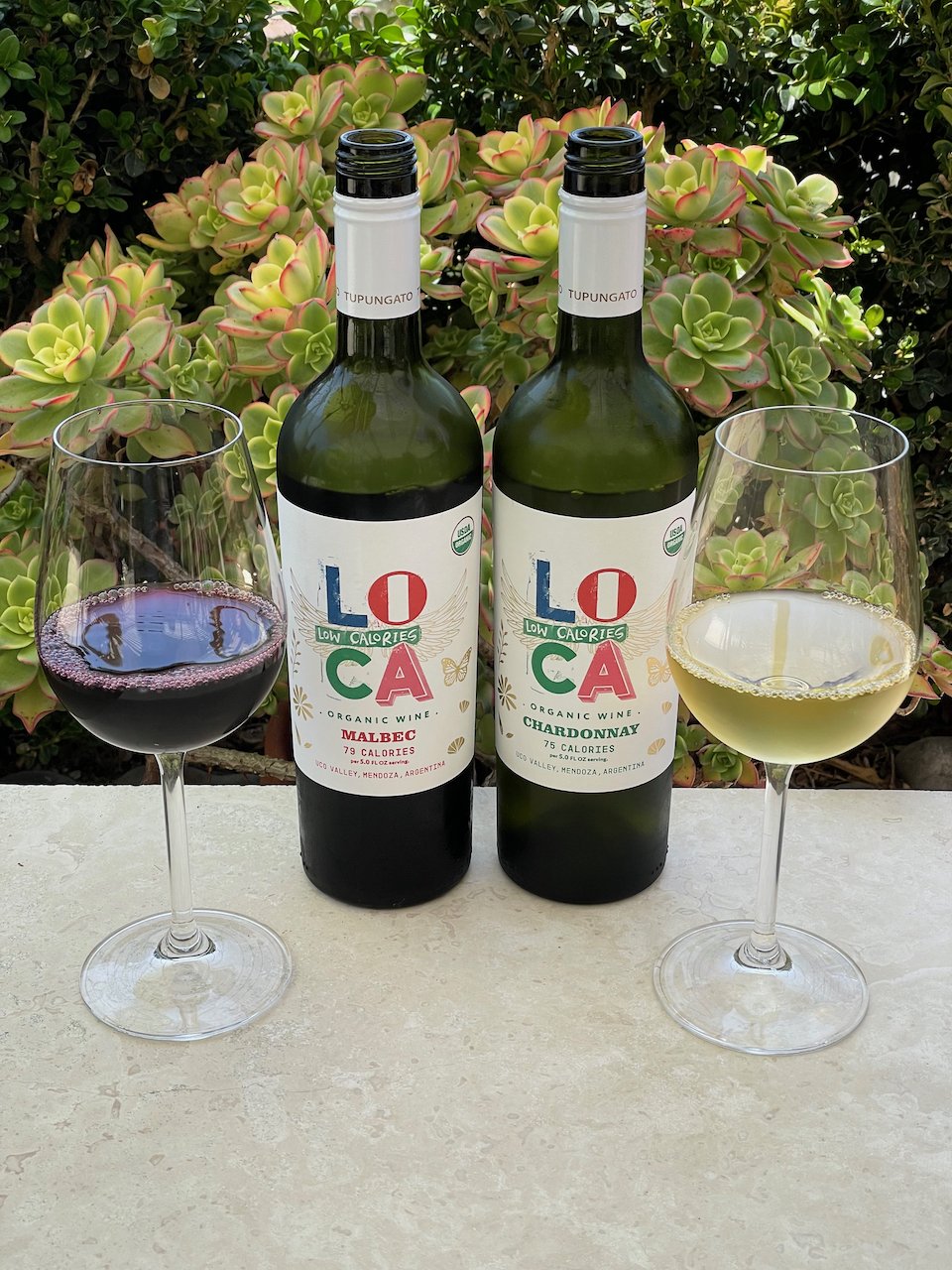Here are a few fun facts about Vermouth:
Vermouth’s history dates back to ancient civilizations. Its origins have been traced to ancient China, where it was initially used for medicinal purposes. It then gained popularity in Europe, particularly in Italy and France, during the Middle Ages.
The name "vermouth" is derived from the German word "wermut," which means wormwood. Wormwood is a key ingredient in vermouth and is known for its bitter flavor. It was historically believed to have medicinal properties and was used to treat various ailments.
Production
1. The first step in vermouth production is selecting a base wine. This wine serves as the foundation for the vermouth and can vary in style and grape variety depending on the desired flavor profile.
2. The base wine is typically fortified by adding a neutral grape spirit, usually brandy. This step increases the alcohol content of the wine and helps preserve the flavors.
3. After fortification, the base wine is infused with a mixture of botanicals, herbs, and spices. Common botanicals used in vermouth production include wormwood, gentian, citrus peel, chamomile, cinnamon, cloves, and cardamom.
Rosé vermouth is a relatively newer variation of traditional vermouth. It combines the aromatic flavors of vermouth with the fruity notes of rosé wine. Rosé vermouth is authentically made from red wine grapes – others are colored with a dash of caramel coloring.
Vermouth can be enjoyed in a variety of ways:
1. On its own over ice with a twist of lemon or orange peel
2. Served with a splash of soda water
3. Used as a key component in cocktails such as the Negroni, Spritz, Martini or the Manhattan
Like wine, vermouth production varies by region, each with its own unique characteristics. For example, Italian vermouth tends to be sweeter and more full-bodied, while French vermouth often has a drier profile with pronounced herbal notes.
In recent years, there has been a resurgence of interest in artisanal vermouth production. Many craft distilleries and wineries are experimenting with small-batch vermouths, often using locally sourced botanicals and innovative techniques to create distinctive flavor profiles.
Look for a couple of really nice artisanal vermouths to be featured as the next Behind the Cork™ Wines of the Week. Cheers!






